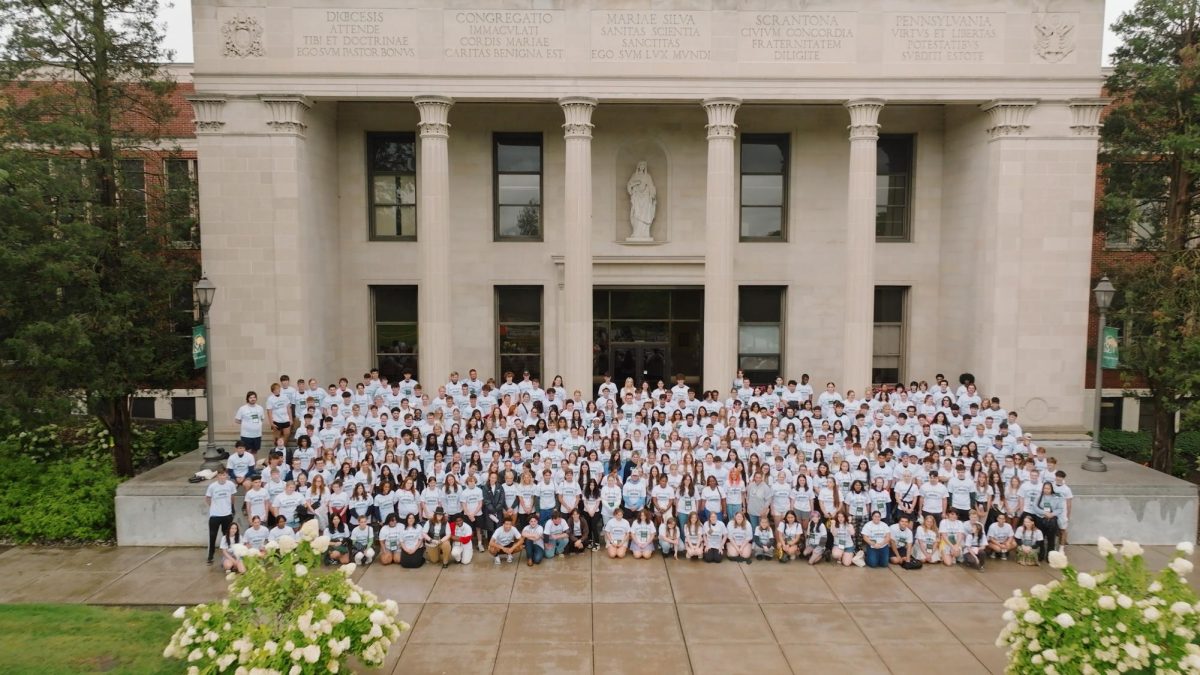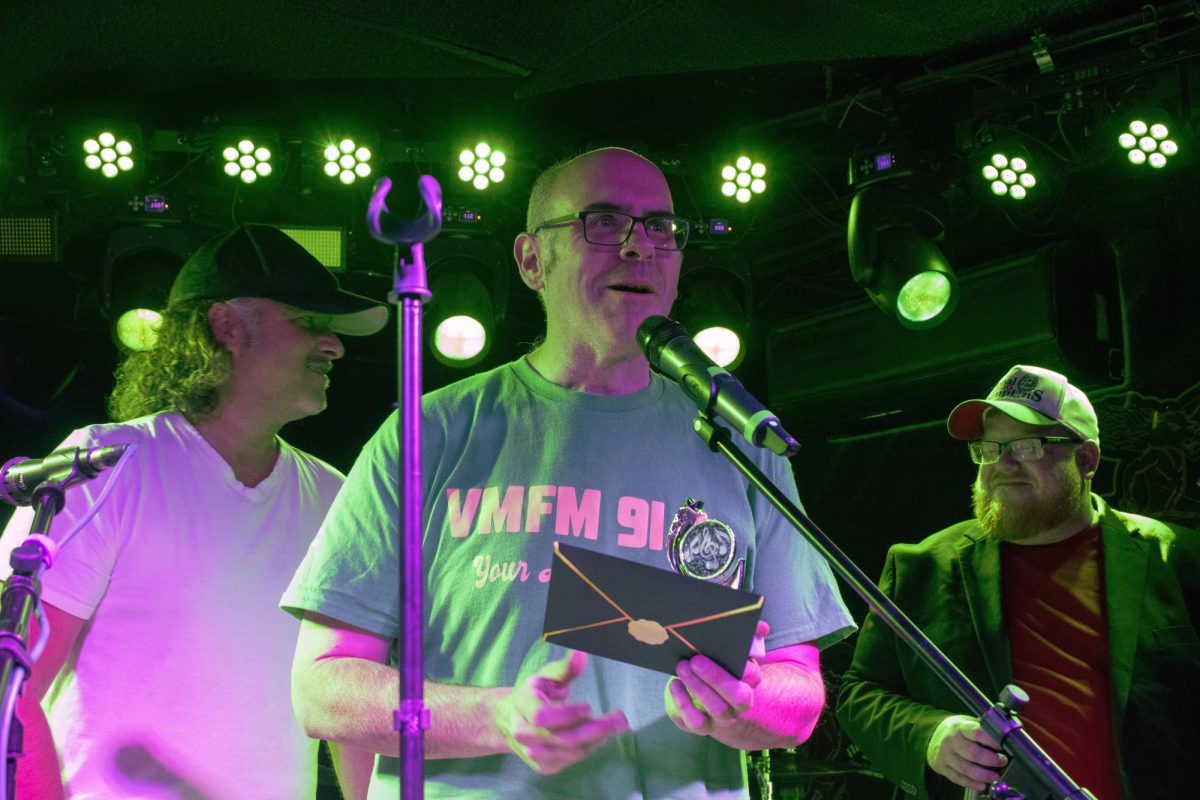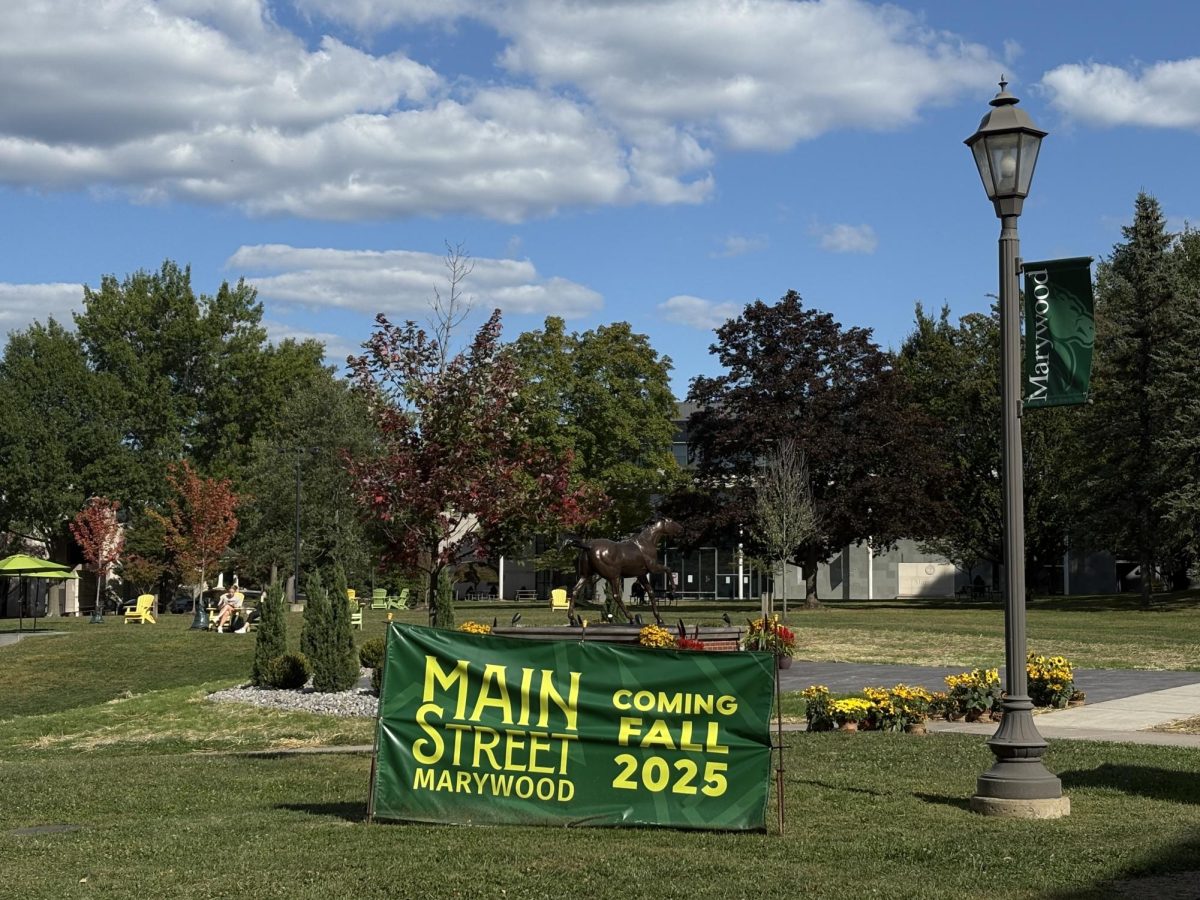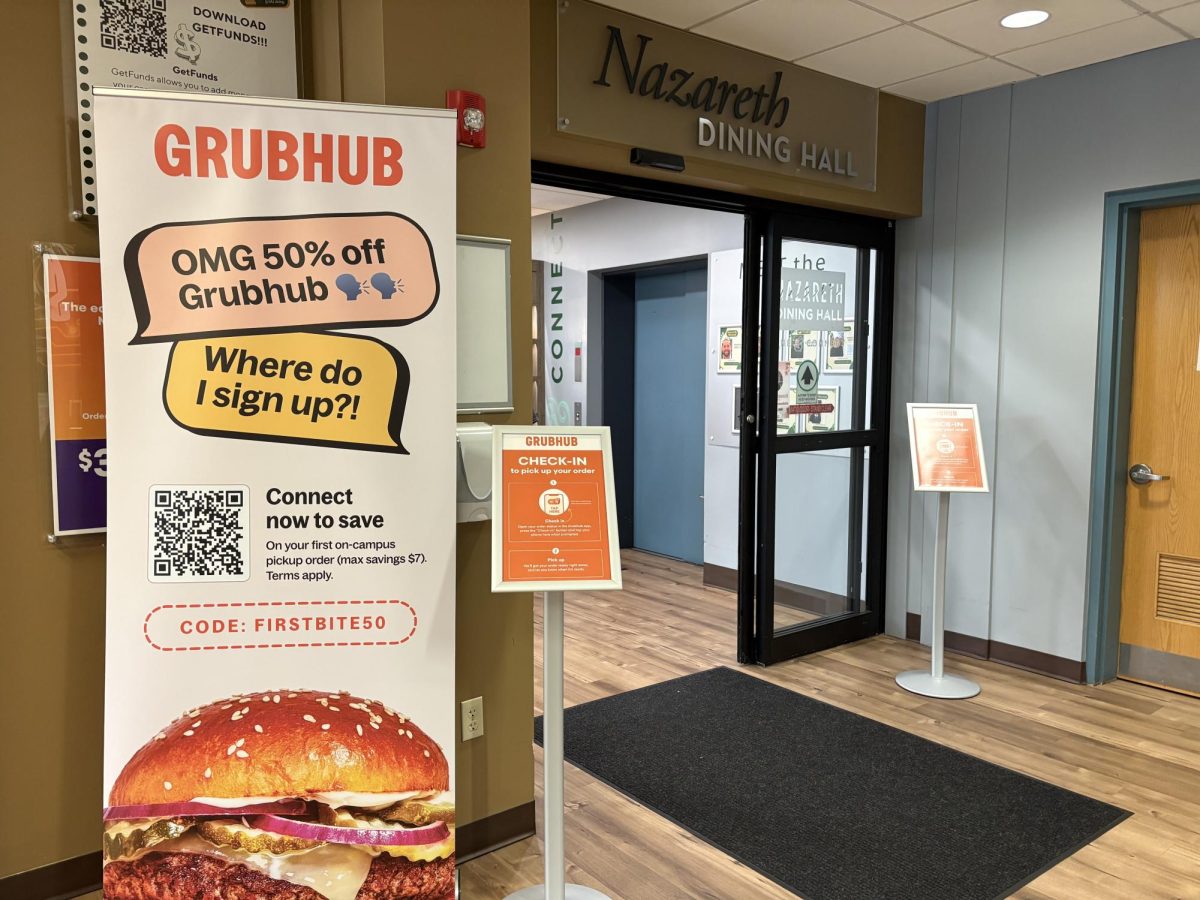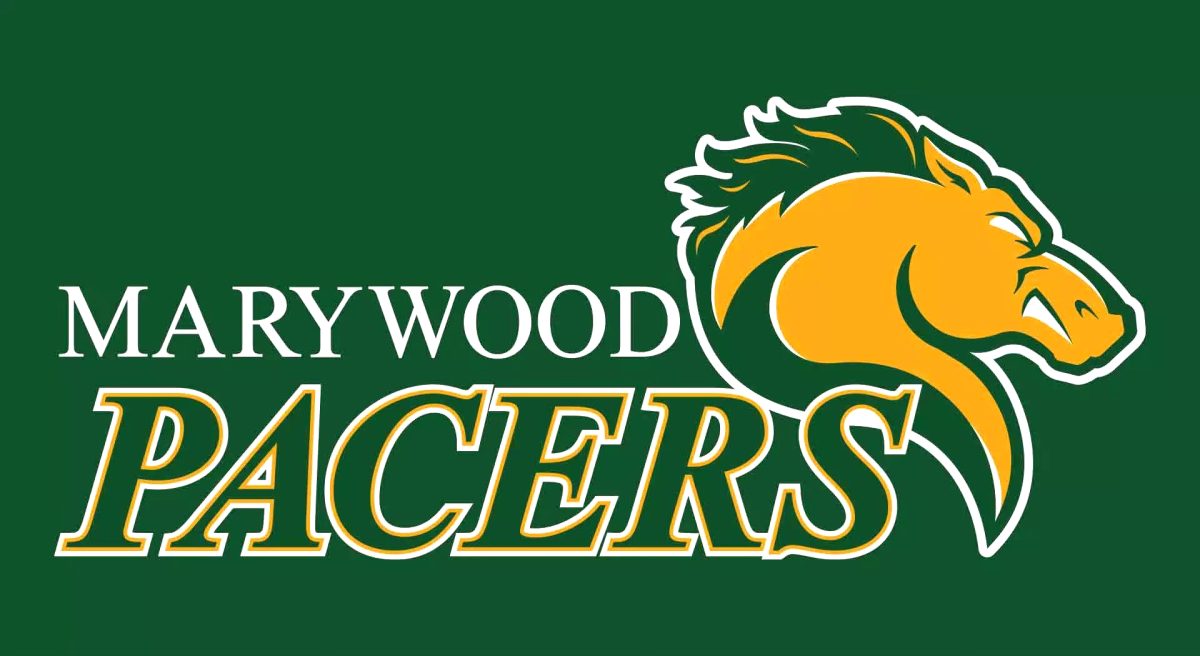Elysabethe Brown
News Editor
The Smart Ride shuttle will make its final loop on January 31.
The Smart Ride Program, which provided shuttle services between Marywood University and the University of Scranton for students at both schools, will be discontinued because of rising operating costs.
According to Joe Garvey, vice president for business affairs, the Smart Ride program cost both universities about $75,000 each last year. Projected costs for the upcoming year are approaching $100,000 for each institution.
Garvey cited these rising costs as well as declining ridership as the reasons for the discontinuation of the program. “It was jointly decided that we would seek other transportation venues,” Garvey said.
The other transportation Garvey mentioned will most likely be a shuttle service provided by COLTS Bus. Director of Student Activities, Carl Oliveri, said that the new service may begin as soon as the Smart Ride program comes to a close. “Hopefully [the COLTS Bus service] will go into effect February 28, but nothing is concrete yet.”
Garvey said that the Smart Ride was originally intended for students who were taking classes at both Marywood and University of Scranton. The program was started through a donation, which financed the program for two years. It was then financed through a Student Transportation Fund, but costs increased.
Garvey added that the COLTS Bus service will charge the universities “per capita” fee. “If [a student] were to ride ten times in a month, we would have ten charges for [them],” he said. When students get on the COLTS bus they will either swipe of present identification card. That way COLTS is able to tell which students are from each college. This allows them to present each university with an accurate bill.
Garvey said that this will likely be a more cost effective option for both universities. With the Smart Ride program, often times there were only one or two riders at a time, but Marywood and the University of Scranton still had to pay fixed operating costs.
“Should either institution not provide sufficient riders in COLTS’ estimation, COLTS more than likely will reserve the right to not have that [campus] stop. So both schools are hoping that because of the fact that they’re paying for students and staff to use this … we’re hoping that it is used.”
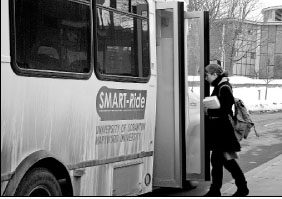
Garvey added that to accommodate the schedules of both faculty and staff, COLTS has agreed to extend its bussing schedule to include later runs and more stops closer to campus. Sarah Cruz, junior English major at Marywood, said that she is sad to see the Smart Ride program come to an end. “I could always take the public bus. The Smart Ride was just nice because it was a Marywood community.”



